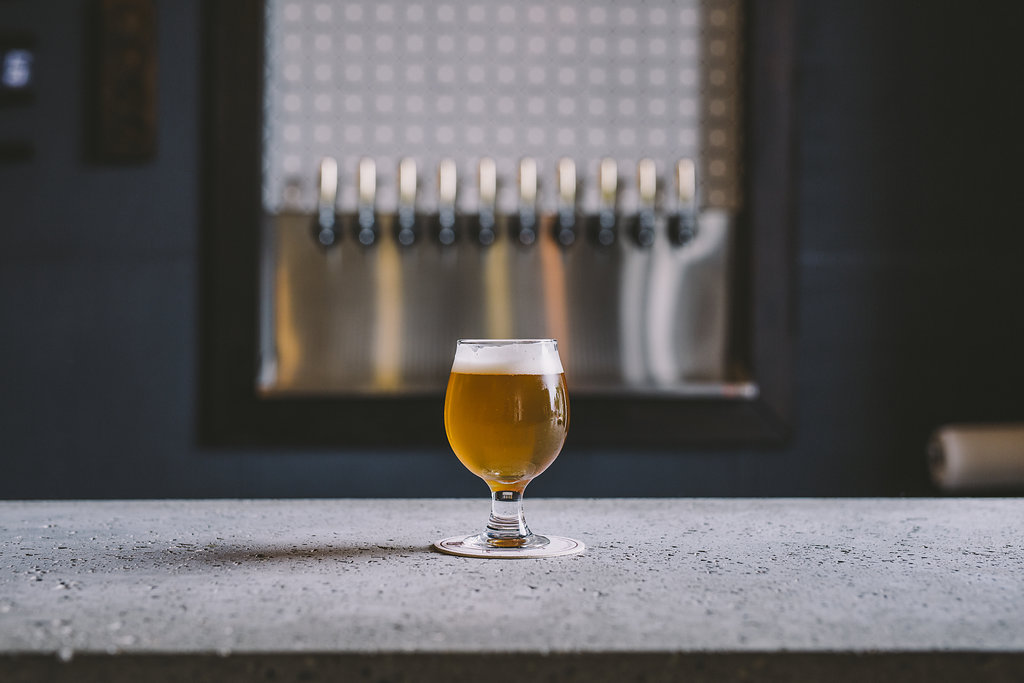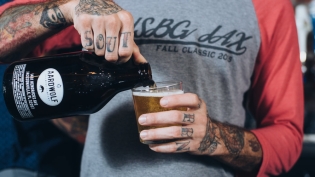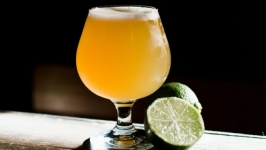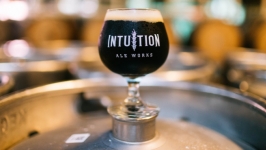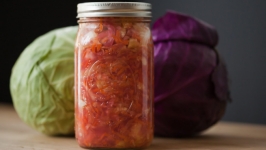The History and Truth of the IPA
Chances are, you might’ve heard the history of the hoppy India Pale Ale (IPA) a time or two, given to you by some bearded hipster with an affinity for mostly useless internet knowledge.
The story usually goes something like this:
“The IPA was invented by George Hodgson at the Bow Brewery in London. He created it because beers getting shipped to India would spoil on the long journey, and the higher alcohol percentage, combined with a heaping dose of hops, would allow the beer to arrive untainted to the hands of thirsty British soldiers.”
In reality, most of this is false, though many continue to spread the story as fact. As IPAs currently make up about half of the total sales in the U.S., what is the true origin of America’s favorite craft beer?
Beers were being shipped to India long before the “invention” of the IPA. Many travelers relied on beer as a source of safe water and nutrients, and the most common style being shipped to India early on was the porter. If you’ve ever had a high-gravity, full-bodied dark beer in the sweltering heat, it isn’t exactly ideal. This is likely where the need for a lighter and lower alcohol percentage brew was developed.
While it’s true that hops are an excellent antimicrobial agent, they were already being used by brewers to help preserve beers traveling to warm climates as early as the 1760s.
It is also rumored that Hodgson increased the alcohol percentage of his ale to ward off microorganisms, but studies actually show anything less than 10 percent isn’t very effective. Hops and polyphenols are the true agents preventing spoiled beer. In addition to this, the typical IPA alcohol by volume percentage we see now (around 6.5 percent) is actually lower than for beers in thattime period.
The truth of Hodgson’s IPA is that his brewery’s close proximity to the East India Company’s docks and his foresight into the growing demand for lighter style beers in hot climates led him to brew more beer that was similar to the modern IPA.But Hodgson’s was not the only brewery,as others had been advised to do so since the 1760s (and they did).
This foresight would eventually lead to the Bow Brewery’s IPA becoming the most sought-after beer in the region, often demanding a higher price than competitors. In addition, the name “IPA” didn’t come about until around 1835.Before, it was referred to as “pale ale for India.”
Despite all this, there’s no doubting that the IPA is THE beer for premiere preservation. The first recorded recipe for an IPA appeared in 1821, when Andrew Ure’s Dictionary of Chemistry claimed that fresh beer being shipped to India would have roughly four pounds of hops added to a barrel of 32 gallons.
Now, whether or not that IPA would taste ideal or have a nice hoppy aroma after a six-month voyage crossing the equator in blistering temps before landing in India is a story for another time. If you’ve got an IPA sitting in your fridge currently, it’s probably best you drink it sooner, rather than later.


